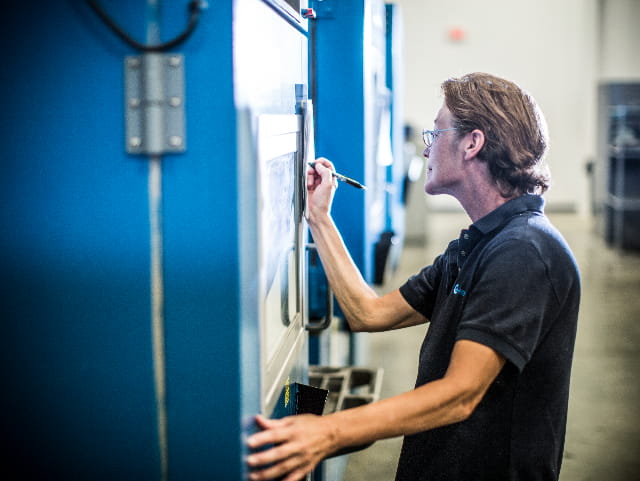Ozone Exposure Testing of Rubber Belts
Ozone: Breaking it down
We have come to associate ozone as our planet’s protector from harmful UV radiation. But, that is not the case when it comes to other materials When oxygen absorbs short-wave ultraviolet light from the sun, its decomposed atoms are then recombined with oxygen molecules and form ozone. We also see the creation of ozone near motors or where spark conditions are present. On the ground surface, the levels of ozone are very low as we go higher into the atmosphere the concentration increases. Depending on the geographical region, varying concentrations can be detected. When rubber is exposed to prolonged ozone, the effects can be destructive. Therefore, controlled testing of materials in specialized ozone chambers gives manufacturers a better understanding of their material’s longevity.
The importance of ozone exposure testing
Rubber is an essential material in many industries. Ozone testing is a method used to determine a rubber or elastomer’s resistance to ozone degradation. The elastomer samples are placed in a special chamber that exposes them to ozone at concentration and duration required by a testing specification or standard. A sample that does not stand up to the effects of ozone exposure will crack at the surface and sometimes break in two. Ozone testing is particularly effective for rubber and is a routine test for suppliers to the automotive and transportation industries. Polymers, silicones, and other elastomers can also be effectively tested in an ozone chamber.
Ozone testing provides manufacturers with a prediction of how their elastomer product will perform over time. It is also frequently used to ensure quality of materials and components purchased from new or suspect sources. Even low levels of ozone can be destructive to rubber materials. The acidic composition of the rubber increases with exposure. The surface of the material begins to form tiny cracks where the ozonated material is affected. As the material continues in normal operation, the effects of ozone exposure cause the material to deteriorate and may lead to failure.
Verification of rubber belts for durability
Case Study: Ozone exposure testing of six rubber belts
The laboratory received six (6) industrial v-groove belts, 1200mm in length, for dynamic ozone exposure testing. The customer requested testing in accordance with SAE J2432-2021 section 9. The test specimens were mounted to a calibrated dynamic test fixture with a drive speed of 62.5 rpm +/- 3 rpm. The belts were mounted to two opposing pulleys with a diameter of 63.5mm. The bottom pulley was loaded with 178 N. The test fixture was placed in a chamber with an internal temperature of 40° C and an ozone concentration 200mPa. The specimens were exposed for a period of 150 hours. The test specimens were inspected at 6 hours, 24 hours and every 24 hours thereafter. The inspection of the specimens was conducted with naked eye and at 7x magnification. Acceptable test criteria are no apparent cracking on the material at 7x magnification. The sample surfaces are photographed as received and thereafter at 6 hours, 24 hours, and every 24 hours until 150 hours have been completed. The exposed belts were inspected in accordance with the test procedure and were found to have no visible changes throughout the testing and reported as acceptable.
With the ever-increasing demands to reduce material costs (i.e., installation, operation, and maintenance), ozone exposure testing plays a crucial part in material development. For more information about our ozone exposure testing services or to request a quote, contact us today.
Find related Resources
Related Services
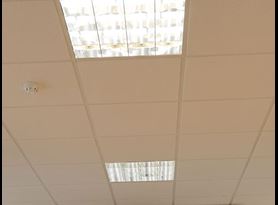
Floor and Suspended Ceilings
Element’s sister company Warringtonfire can provide reaction to fire, combustibility, as well as fire resistance, testing for all your floor and suspended ceiling system requirements
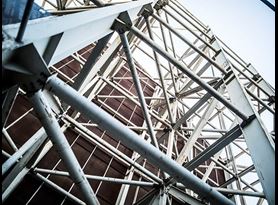
Building Performance Testing
Element's building performance testing services include fenestration testing, wall system and air barrier testing, performance testing and evaluations of building systems including HVAC.
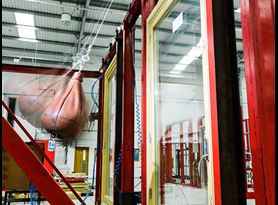
Door and Window Testing
This service is now undertaken by our sister company Element at our UKAS accredited laboratory in Wednesbury UK.
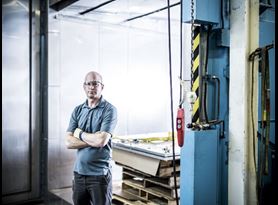
Automotive Glass Testing
Element provides automotive glass testing services that ensure the robustness of your glazing materials for acceptance under ANSI Z26.1, FMVSS 205 and ECE R43.
